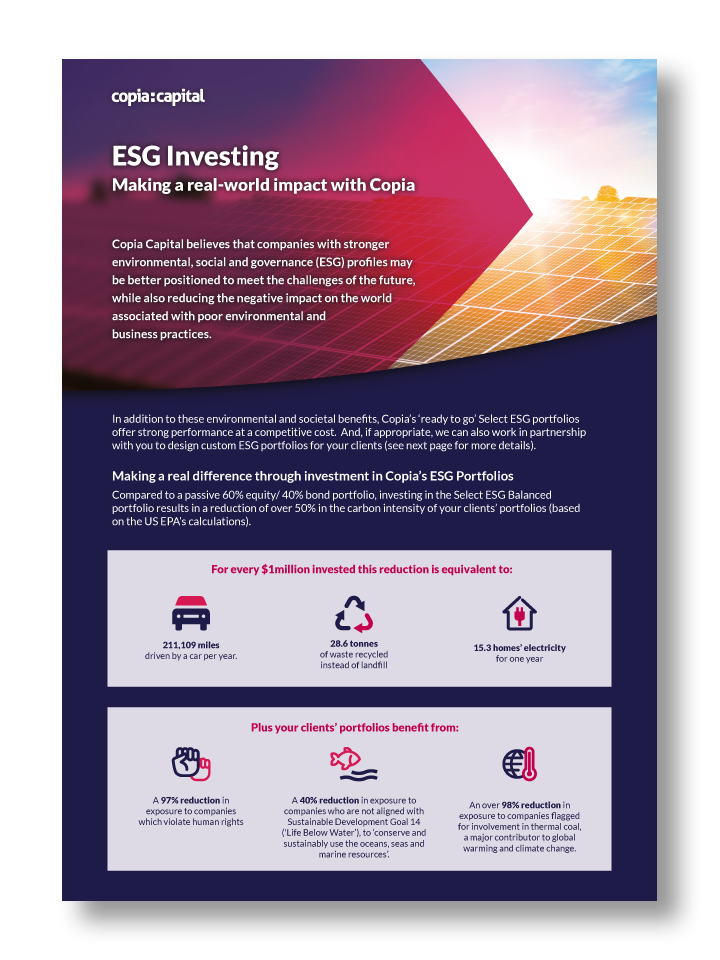The infoshot to help kick-start your week
Fed independence under threat and “reciprocal” tariffs go to court
In the US, the week got off to rocky start after Trump announced he was going to fire Federal Reserve Governor Lisa Cook over allegations of mortgage fraud. Cook said she’ll sue the Trump administration and plans to stay in her role on the Fed’s rate-setting committee. An emergency court hearing on Friday ended without a ruling, kicking off a potential legal battle that could go all the way to the Supreme Court and have serious implications for the US central bank’s independence.
Trump’s tariffs suffered a loss in the US Court of Appeals for the Federal Circuit with the court ruling that most of Trump’s “reciprocal” tariffs are illegal and that imposing tariffs is a “core Congressional power” and not within a president’s mandate. In a 7-4 decision, they rejected the argument that Trump could impose the tariffs under the International Emergency Economic Powers Act (IEEPA) and called them “invalid as contrary to law”. In response, Trump said getting rid of the tariffs “would be a total disaster for the country.” The ruling will take effect from 14 October, in the meanwhile the Trump admin’ will take the case to the Supreme Court.
Chip giant releases results
All eyes were on the world’s most valuable company, Nvidia, when they released their results after the market closed on Wednesday. Despite revenue beating estimates and announcing a $60bn stock buyback, its shares fell after sales of AI chips came in slightly lower than expected.
No H20 chip sales to China hit the last quarter, and the expectation that there will be none in the next quarter also damaged investor sentiment. The share price did bounce back on Thursday, but it fell again on Friday, by more than 3%, after one of its key customers, Dell, released a Q3 earnings outlook below estimates and Chinese tech giant, Alibaba, announced it has developed a new chip to compete with Nvidia in China.
For the third week in a row, US small caps outperformed their larger counterparts with the Russell 2000 posting moderate gains.
Post bank holiday gloom – FTSE falls four days in a row and business confidence plunges
The FTSE 100 fell four days in a row last week. Bank stocks dragged the market down again on Friday. Share prices of leading UK banks tumbled in reaction to a proposal for a new tax on banking profits by the Institute for Public Policy Research (IPPR). The think tank believes a levy on bank profits is needed to cover the Bank of England’s (BoE) £22bn a year quantitative easing (QE) drive. The IPPR described the BoE as “a government subsidy to commercial banks” as post-pandemic commercial bank profits reach new highs.
The CBI’s latest services sector survey found that most companies were pessimistic about their prospects. According to the CBI, declining sales and rising prices mean most firms are suffering a profit squeeze. This squeeze is putting firms off hiring new staff and leading to investment cuts. From a rate setting perspective, the BoE will be conflicted by the data – falling job vacancies, and higher unemployment, will add to calls for a rate cut but higher costs will add to demands for the rate of borrowing to remain as it is.

Coming Up:
- S&P Global Manufacturing PMI, Tuesday 2 September 2025 at 09:45am
- S&P Global Services PMI, Thursday 4 September 2025 at 09:45am
- US Unemployment rate, Friday 5 September 2025 at 08:30am
Notice:
For regulated financial advisers and investment professionals only, Copia does not provide financial advice, and the contents of this document should not be taken as such. The performance of each asset class is represented by certain Exchange Traded Funds available to UK investors and expressed in GBP terms selected by Copia Capital Management to represent that asset class, as reported at previous Thursday 4:30pm UK close. Reference to a particular asset class does not represent a recommendation to seek exposure to that asset class. This information is included for comparison purposes for the period stated but is not an indicator of potential maximum loss for other periods or in the future.




